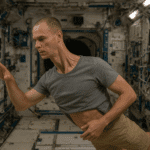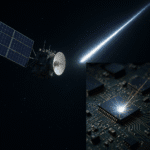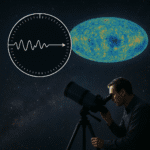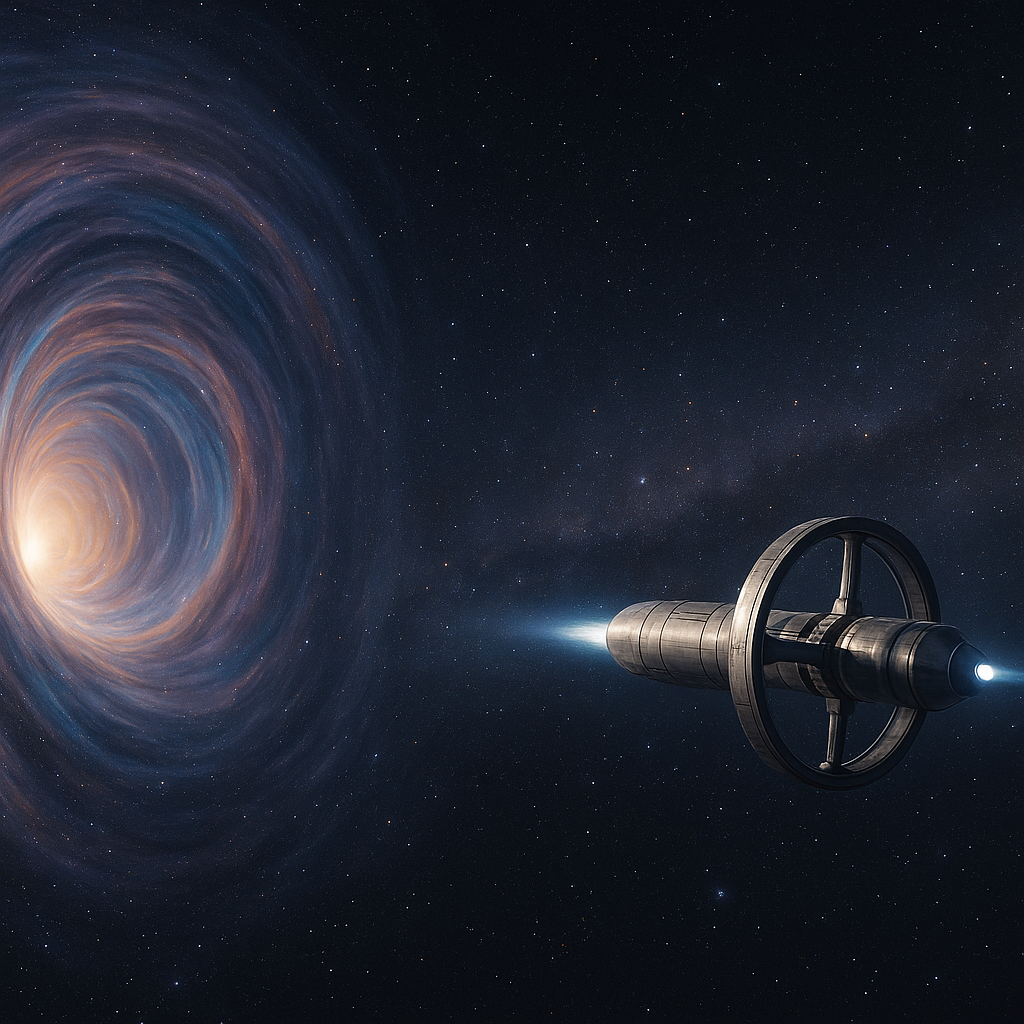The prospect of crossing the vast expanse between stars has captivated scientists and dreamers alike for generations. From theoretical blueprints on paper to small-scale laboratory experiments, researchers are charting out pathways to achieve true interstellar travel. This article examines the core technologies, navigational methods, and biological considerations needed to transform science fiction into tangible voyages beyond our Sun’s domain.
Principles of Propulsion
Fusion and Antimatter Drives
Harnessing the power of nuclear processes remains one of the most promising propulsion routes. Antimatter annihilation with matter provides the highest energy density conceivable under current physics, converting mass directly into energy via E=mc². A small gram of antimatter could generate the same output as several thousand tons of conventional rocket fuel. Yet the challenges of producing, containing, and injecting antimatter in a controlled fashion are staggering. Magnetic traps must maintain ultra-high vacuums and powerful fields to prevent premature contact with normal matter.
Alternatively, fusion-based designs rely on fusing hydrogen isotopes to release energy, much like the process fueling stars. Concepts such as the Direct Fusion Drive propose using fusion plasma to generate both thrust and onboard power. These drives are still in early experimental stages but could potentially achieve relativistic speeds on century-long missions.
Photon Sails and Laser Boosts
Deploying ultra-thin sails made of reflective materials allows a spacecraft to be propelled by photon pressure. Powerful ground- or space-based lasers could focus energy on a sail, gently accelerating it over time to a significant fraction of light speed. This method sidesteps the need to carry bulky propellant. Projects like Breakthrough Starshot envision gram-scale probes reaching up to 20% of light speed within minutes of laser firing. The key obstacles are:
- Developing lasers with continuous power outputs in the gigawatt range
- Creating sails durable enough to withstand heating and micrometeoroid impacts
- Maintaining precise beam aiming over millions of kilometers
Navigational Strategies Across Light-Years
Course Plotting and Stellar Cartography
Mapping the night sky with extreme precision is vital for interstellar trajectories. Modern instruments deliver sub-arcsecond accuracy for stellar positions, enabling fine-tuning of flight paths. Onboard navigation could combine star trackers, pulsar timing arrays, and inertial measurement units to constantly correct drift. As probes travel through the interstellar medium, onboard sensors must detect variations in particle density and magnetic fields, adapting course in real time.
Utilizing Gravitational Assists
Even within our solar system, planetary flybys have propelled spacecraft like Voyager to the outer planets. Extending this concept, a probe could leverage multiple slingshots around gas giants, then send it toward the heliopause at maximum velocity. Beyond our system, gravitational assists from passing stars or massive objects like black holes might be exploited, though aligning such encounters poses astronomical timing challenges. These maneuvers conserve fuel and can substantially boost final cruise velocity.
Overcoming the Vast Void: Life Support and Crew Well-Being
Radiation Shielding and Artificial Environments
Exposure to cosmic rays and high-energy particles over decades or centuries can endanger crew health and degrade electronics. Effective shielding may combine layers of hydrogen-rich materials, magnetic fields, and local water tanks. Some proposals outline a rotating structure containing a spinning cylinder of ice or water that serves both as radiation buffer and a reservoir for agriculture and drinking supply.
Cryogenic Sleep vs. Generation Ships
Human endurance for multigenerational voyages raises ethical and sociological issues. An alternate hypothesis involves placing crew in suspended animation or cryogenic sleep, drastically slowing metabolic processes. While no practical cryopreservation of adult humans exists today, advances in biotechnology could fabricate protective compounds and precise cooling protocols. This would minimize resource consumption and psychological strain during transit.
Theoretical Concepts on the Horizon
Warp drive
A staple of science fiction, the warp drive concept emerges from General Relativity equations that permit spacetime curvature manipulation. By contracting spacetime ahead of a vessel and expanding it behind, a local “warp bubble” could circumvent the light-speed barrier without violating relativity. The Alcubierre metric describes such a bubble, but it demands exotic matter with negative energy density—currently beyond known physics. Recent theoretical work explores lower energy requirements and potential quantum-field analogues.
Wormholes and Hyperspace Channels
Wormholes are hypothetical tunnels connecting distant points in spacetime. If stabilized by exotic materials, they could instantaneously bridge interstellar distances. However, creating or finding naturally occurring wormholes, then keeping them open long enough for passage, remains purely speculative. The exotic matter needed to keep a wormhole throat from collapsing would possess negative mass-energy, conflicting with everyday observations.
Practical Engineering and Mission Profiles
Probe-Class vs. Crewed Interstellar Missions
Unmanned probes can be engineered to survive deep-space hazards for decades without life support systems. They can focus on data collection and sample analysis at distant star systems. Crewed missions, by contrast, require redundant systems for air, food, waste recycling, and mental health care. Cost estimates for a probe mission to Alpha Centauri using laser sails hover around tens of billions of dollars, while crewed ships might demand investments in the trillions.
Power Generation and Onboard Maintenance
Spacecraft operating far from the Sun cannot rely on solar panels. Nuclear reactors or compact fusion generators may supply continuous electrical power. Advanced robotics, including self-repairing nanomaterials and 3D printing facilities, could maintain the vessel for centuries, replacing worn parts and responding to damage from micrometeoroid strikes.
Future Perspectives
Bridging the interstellar gulf requires coordinated advances in propulsion physics, materials science, biology, and navigation. Collaborative efforts among space agencies, private enterprises, and academic institutions will accelerate progress. As humanity fashions the first generation of interstellar vessels—whether probe or crewed ship—our understanding of physics and our place in the cosmos will expand in profound ways. The journey to the stars may one day become a testament to collective ingenuity and the enduring human spirit.










